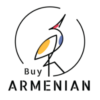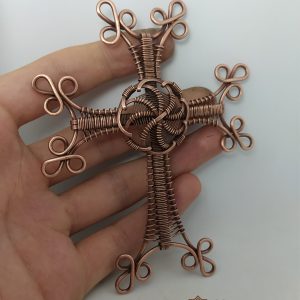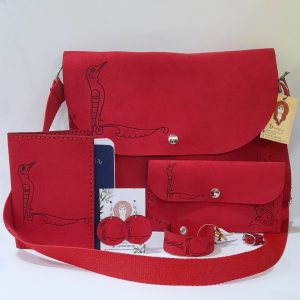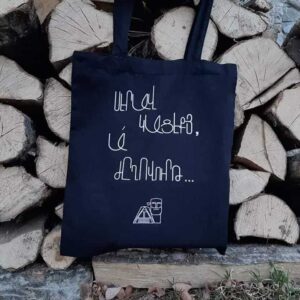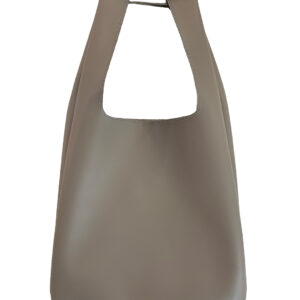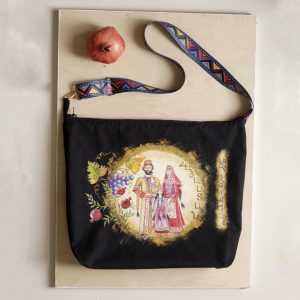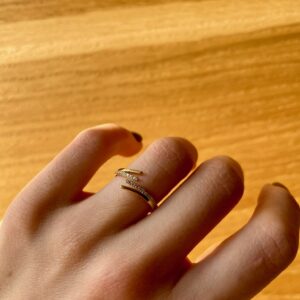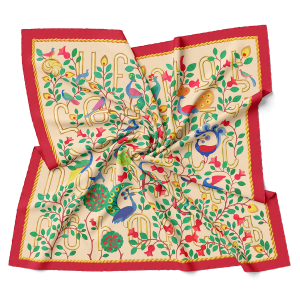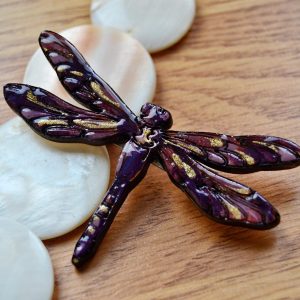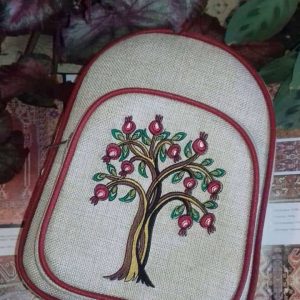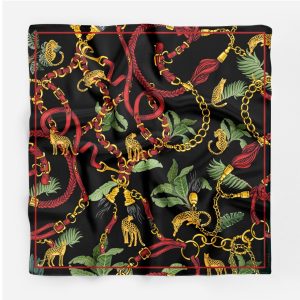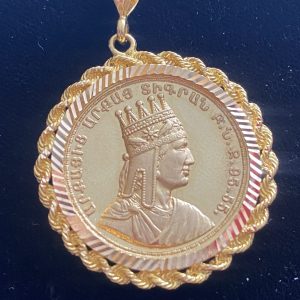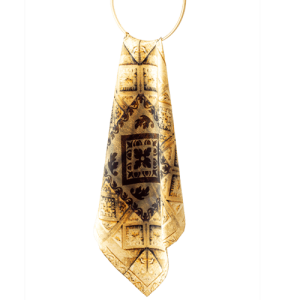-
-
Red Accessories Set with Armenian Bird Letter “L”
Red accessories set with Armenian birdletter L
The collection includes:
✔️Bag (1 pocket)
✔️Wallet (4 pockets)
✔️Passport case
✔️Bracelet
✔️Earrings
✔️Ring$75.00$85.00Red Accessories Set with Armenian Bird Letter “L”
$75.00$85.00 -
“Live In Love” Tote Bag
A good message from Tatik and Papik (Grandmother and Grandfather) to live in harmony and spread love.
Size: 30 × 40 cm
Strap: 60 cm
Fabric: cotton 98%, elastane 2%
The texture is ArmenianWash at: 30 degrees C
Plastic free packaging
Perfect for : Food, Shopping, Travel and so much more$22.00“Live In Love” Tote Bag
$22.00 -
-
-
Seda Ring – Double Open Ring
Materials: 925 sterling silver (gold-plated)
Width: 0.4 cm$115.00Seda Ring – Double Open Ring
$115.00 -
Armenian Alphabet silk scarf / nude
Armenian Alphabet print illustration on twill silk
35.4” x 35.4” / 90 x 90 cm
100% Twill Silk$96.00 -
“Dragonfly” Brooch
Wooden handmade brooch, hand-painted, not repeated in it’s color shades.
Length – 3cm
Width – 5,5cm
Heigh -0,05 cm
Weight -7 g
$10.00“Dragonfly” Brooch
$10.00 -
Embroidered Backpack
Ասեղնագործ ուսապայուսակներ ՝ հայկական մոտիվներով:
$35.00Embroidered Backpack
$35.00 -
“Caucasian Leopard” Silk Scarf
This essential Kerpaz accessory complements any outfit. It can be worn many ways – around your neck, as a top, at the waist or as a headscarf!
Often known as a panther in popular culture, the leopard has always embodied poise and royalty.
$36.00 -
“Metzn” Tigran Medallion w/Bezel–21K Gold
14 grams Gold 21K that depicts the great King Tigran medallion to wear on your chain
$1,093.00 -
“Garni” Silk Scarf
Available 2 sizes: 60 x 60 cm and 90 x 90 cm / 100% Silk
The Temple of Garni is the only standing Greco-Roman colonnaded building in Armenia and the former Soviet Union. Built in the Ionic order, it is located in the village of Garni, in central Armenia. It is the best-known structure and symbol of pre-Christian Armenia.
The structure was probably built by king Tiridates I in the first century AD as a temple to the sun god Mihr. After Armenia’s conversion to Christianity in the early fourth century, it was converted into a royal summer house of Khosrovidukht, the sister of Tiridates III. According to some scholars it was not a temple but a tomb and thus survived the destruction of pagan structures. It collapsed in a 1679 earthquake. Renewed interest in the 19th century led to excavations at the site in early and mid-20th century, and its eventual reconstruction between 1969 and 1975, using the anastylosis method. It is one of the main tourist attractions in Armenia and the central shrine of Hetanism
$47.00 – $79.90
